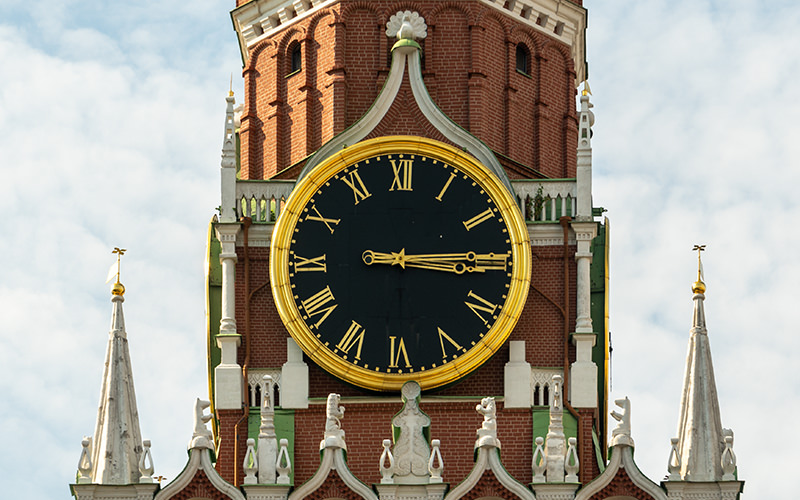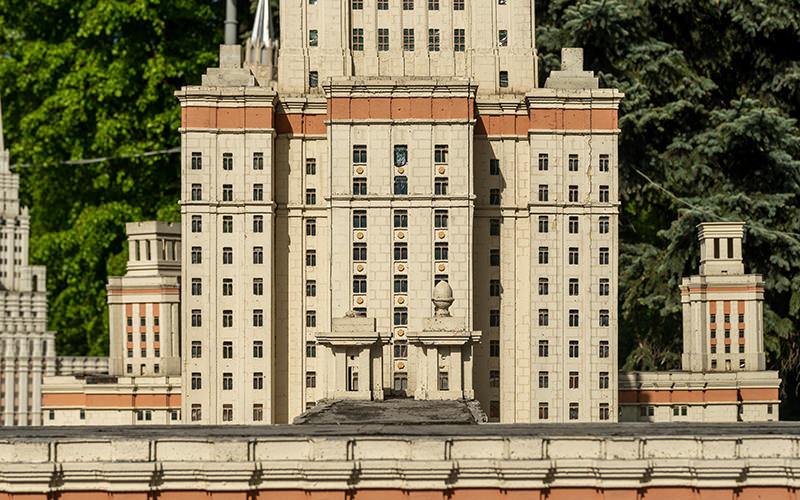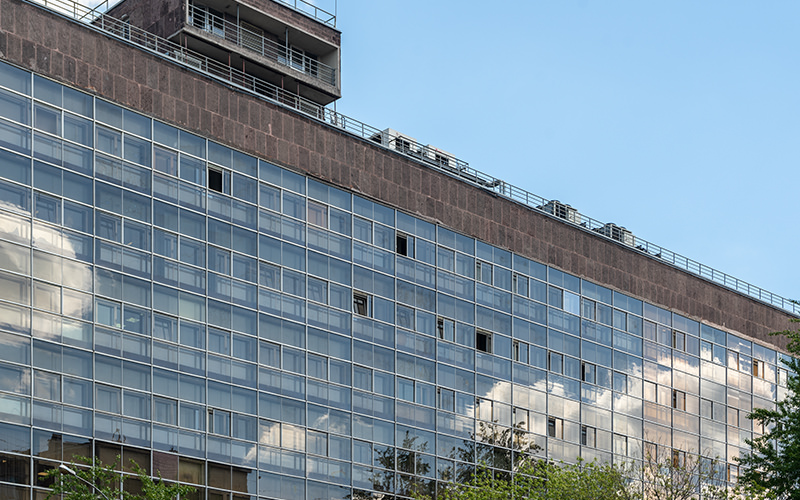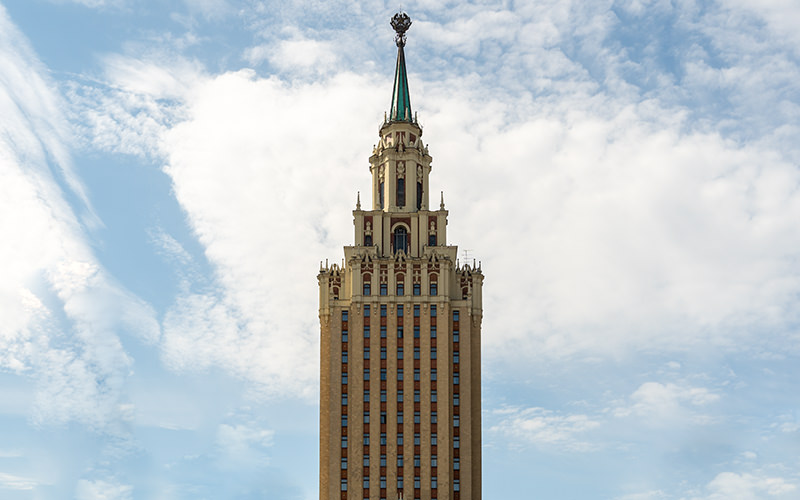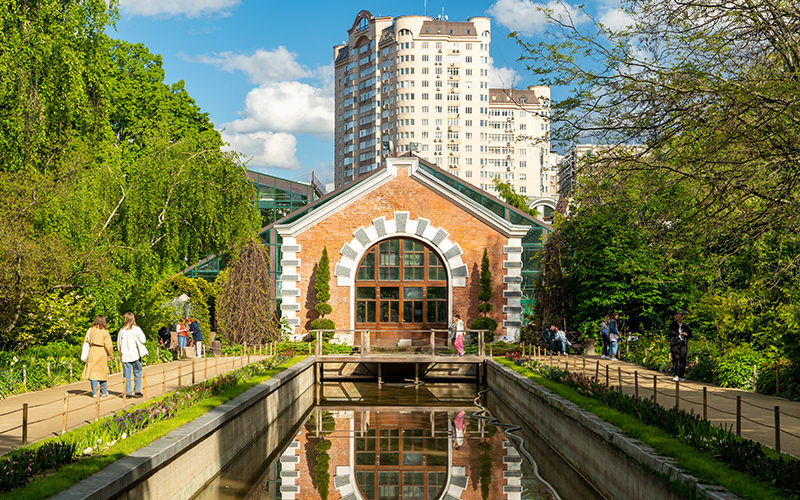Once, strolling with a camera through Moscow, I noticed a remarkable massive building with an unusual facade. After searching for information online, I found out that it used to house the People's Commissariat of Agriculture of the USSR. Let me tell you about the history of this structure.
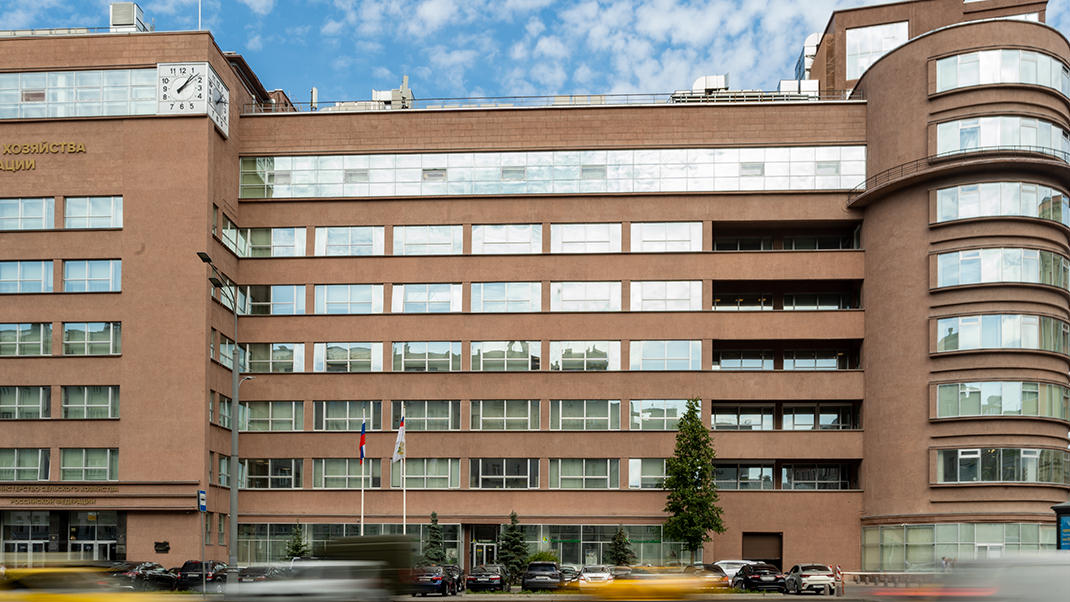
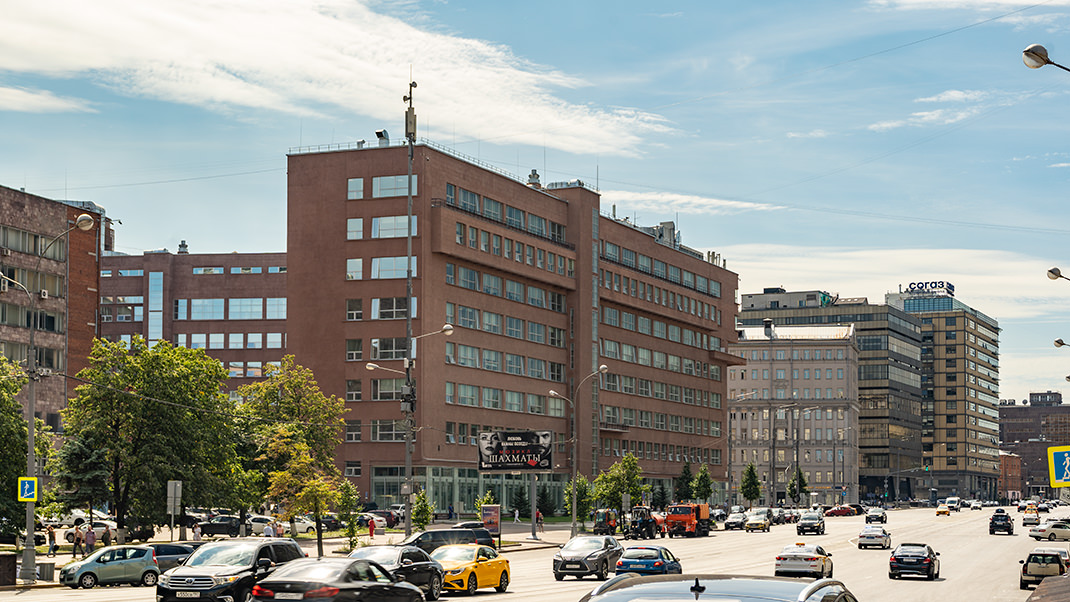
How to Get There by Metro
The address of the Narkomzem building is Sadovaya-Spasskaya Street, 11/1. Today, many different organizations operate inside, including the Ministry of Agriculture of Russia, Rosselkhoznadzor, Rosselkhozsoyuz, and the Agro-Industrial Union of Russia. Many of these names still refer to the history of this landmark.
The nearest metro station is "Krasnye Vorota," just a quarter away from the building.
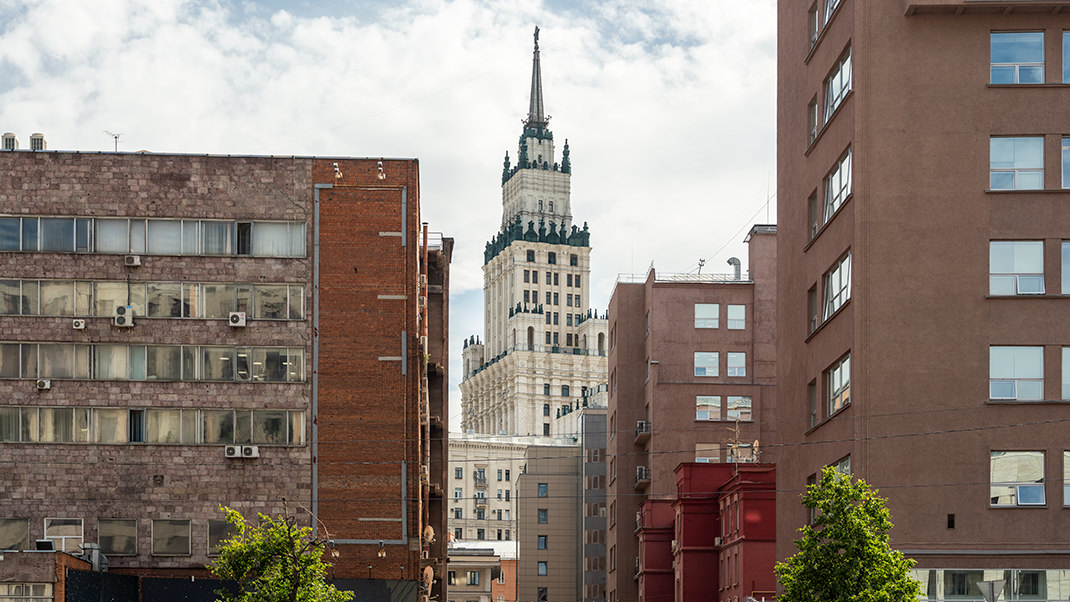
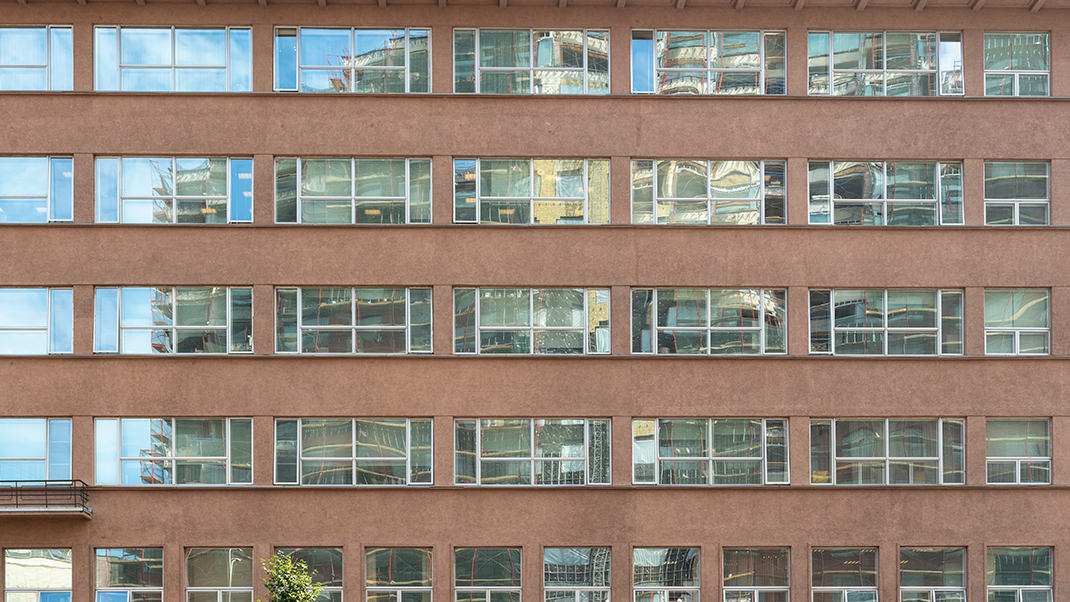
A Bit of History
The construction of the Narkomzem building took place from 1928 to 1933. Its project was created by a team of architects led by the renowned Moscow architect Alexey Viktorovich Shchusev, known for building the Kazansky Railway Station and Lenin's Mausoleum.
The interior of the building has almost not been preserved. One source I used for this material mentioned that only the initial finish of the vestibule has survived to this day. In another architectural guidebook to the city, it is mentioned that you can still see the historical decoration of the meeting room.


Interestingly, even today, the building has elevators of the "paternoster" system. I've mentioned such mechanisms before when writing about the nearby Tsentrosoyuz building designed by the famous Le Corbusier. These elevators continuously move up and down, and their cabins are always open.
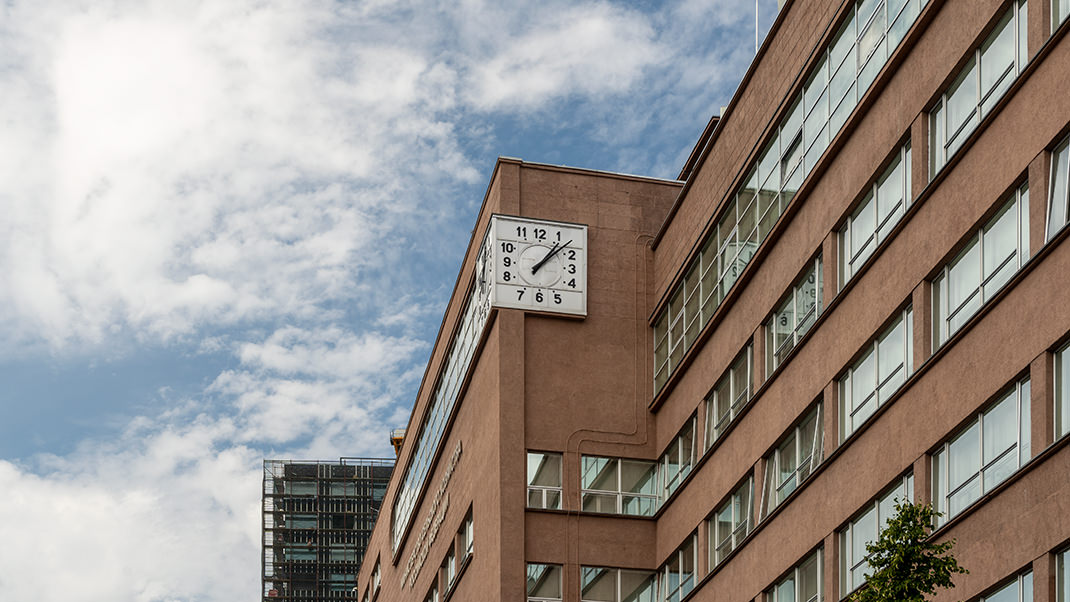
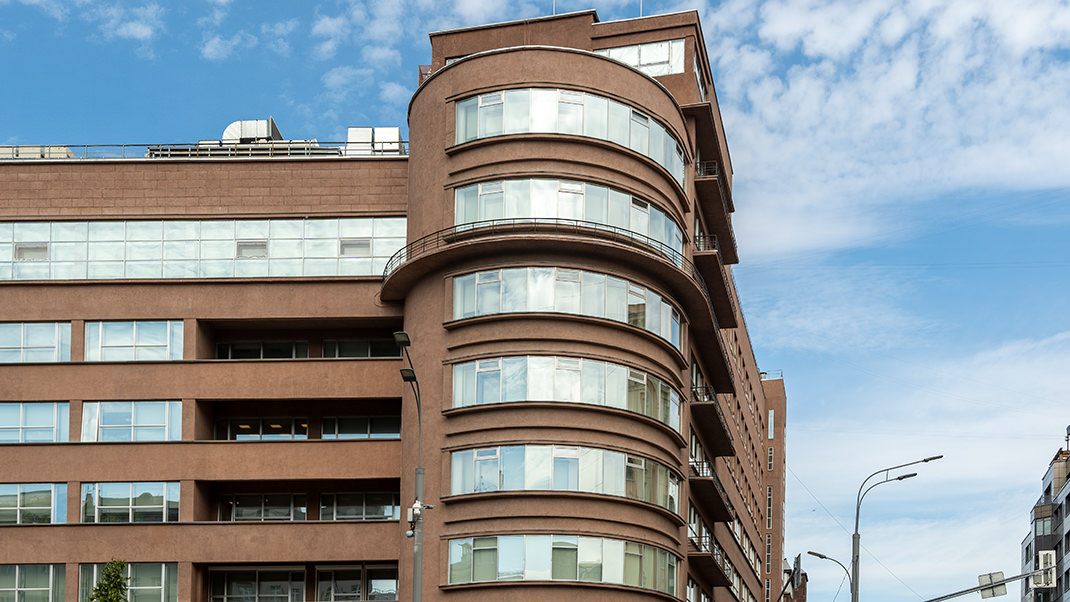
In city guides, you can find information that the dark red color for the building's finish was not chosen randomly; it is a reference to the red-brick Moscow architecture of past centuries. It is believed that the building was supposed to harmonize with the nearby Red Gate and Sukharevskaya Tower. Both of these monuments were destroyed in the 20s and 30s of the XX century.
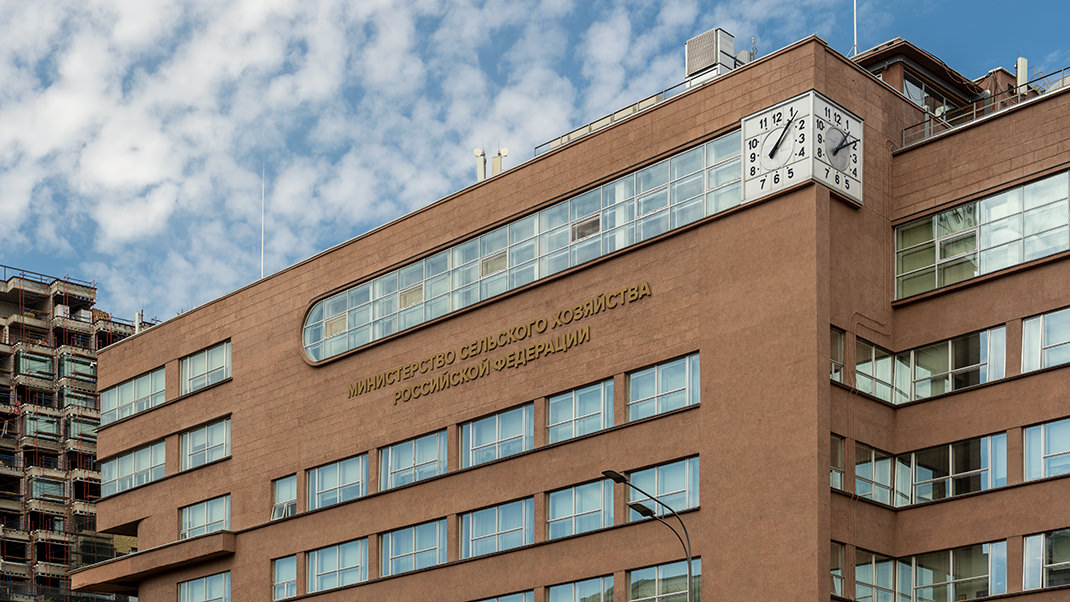

Interestingly, in the inner courtyard of the building, there is a more ancient four-story building that, according to information from the internet, has been standing here since the late XIX or early XX century.
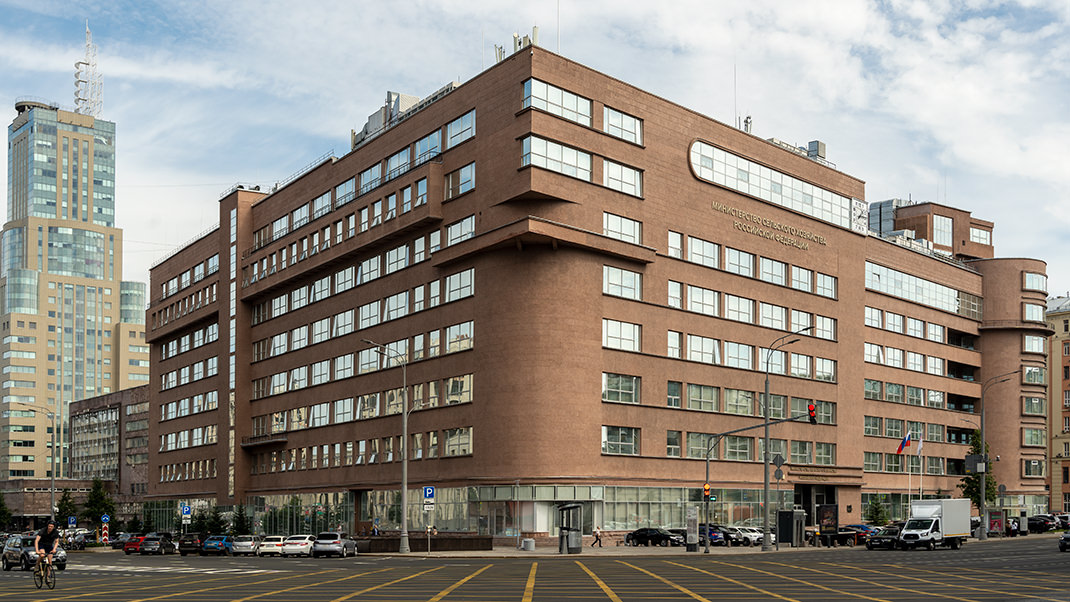
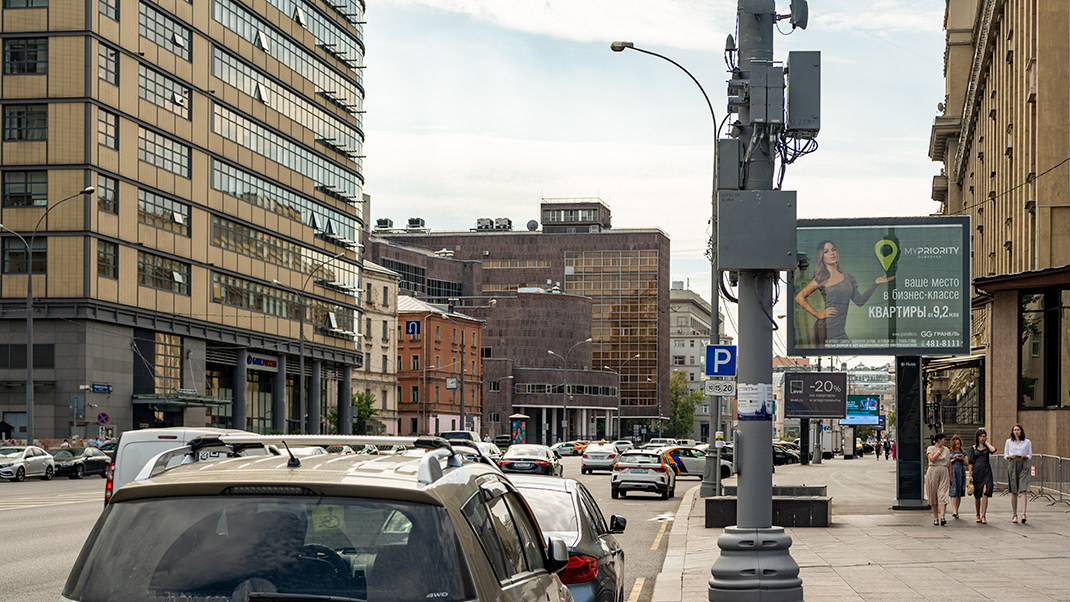
The area where the Narkomzem building is located is rich in landmarks. Last summer, for example, I wrote about the nearby Leningradskaya Hotel, one of Moscow's seven Stalinist skyscrapers. A significant advantage of this architectural monument is that by booking a room here, anyone can travel back several decades and touch real history.
Have a nice trip!


